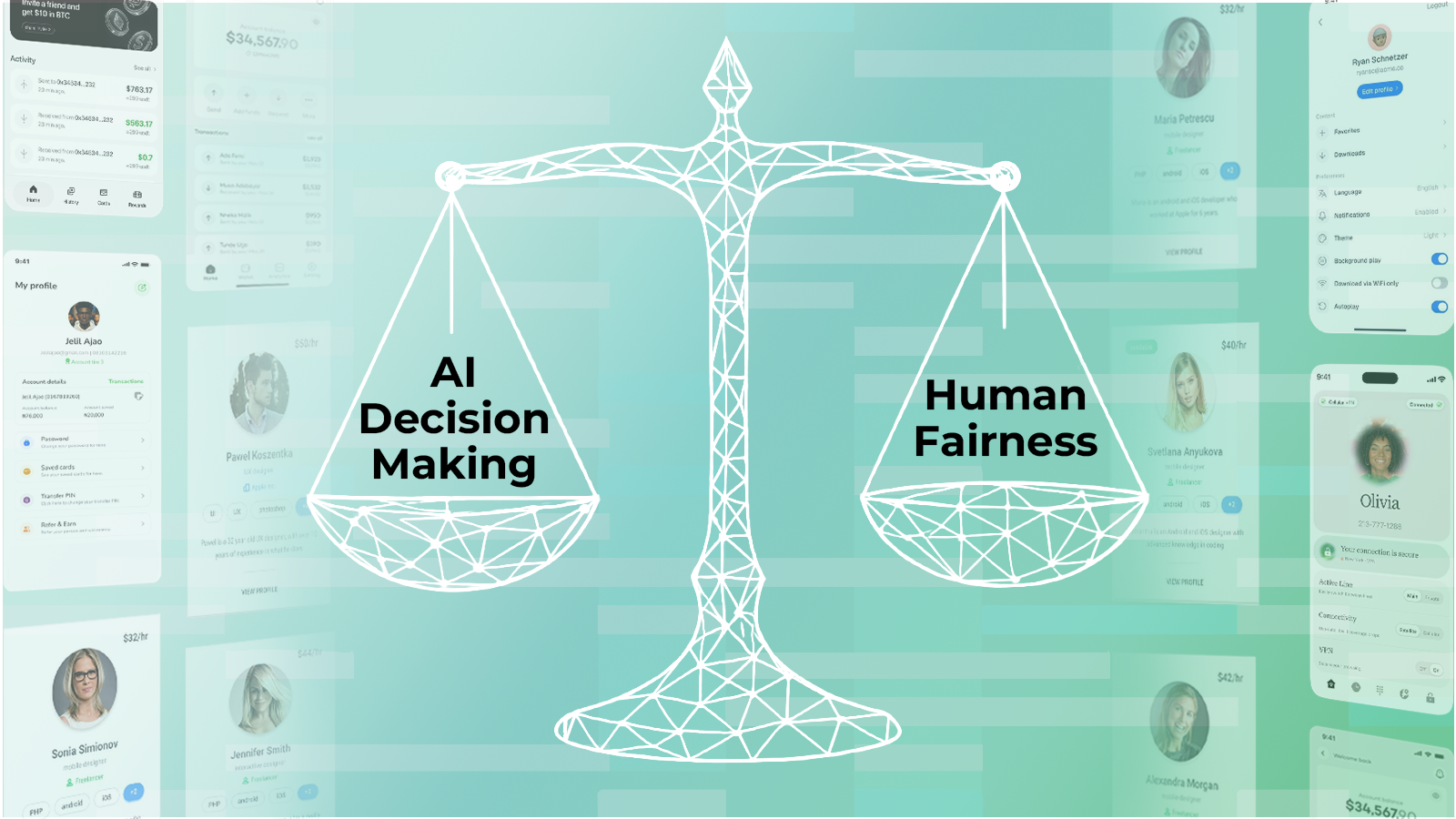We do not offer, support, or condone any illicit services mentioned in this glossary. We also do not sell any data to illegal entities. These terms are provided solely for educational and awareness purposes to help businesses understand and prevent fraud.
What is Card Cracking?
Card cracking is a method used by fraudsters to validate stolen or randomly generated credit and debit card details. This involves systematically testing different combinations of card information, such as the card number, expiration date, and CVV code, often through small online transactions. Fraudsters aim to identify active cards for use in fraudulent purchases or to resell the validated card details on underground markets.
Card cracking schemes often involve automated tools and scripts, enabling fraudsters to test hundreds or thousands of cards in a short time. This not only impacts businesses financially but also creates operational challenges, such as managing chargebacks and dealing with fraudulent transactions.
How Does Card Cracking Work?
Obtaining Card Data
- Fraudsters acquire partial card details from data breaches, phishing attacks, or underground marketplaces.
- In some cases, they generate random card numbers using algorithms that mimic card issuer patterns.
Validation Process
- Using automated tools or bots, fraudsters test card details by making small, low-value transactions on websites with weak fraud prevention.
- They refine their combinations until a valid set of card details is identified.
- Some fraudsters target specific details (e.g., expiration dates or CVVs) in sequential testing to narrow down the correct values.
Exploiting Validated Cards
- Once a card is cracked, fraudsters use it for larger transactions, online purchases, or cash withdrawals.
- Alternatively, the card details are sold on dark web marketplaces or used in other fraud schemes, such as account takeovers or subscription fraud.
Use Cases
Legitimate Scenarios (Prevention)
- E-Commerce Platforms: Velocity checks and real-time fraud monitoring to detect rapid, repeated attempts at entering card details.
- Payment Gateways: Flagging small, repeated transactions as potential indicators of card cracking activity.
- Card Issuers: Proactively monitoring for unusual spending patterns or repeated authorization failures.
Fraudulent Use Cases
- Card Testing: Using cracked cards to confirm validity through small purchases or donations.
- Large-Scale Fraud: Using validated card details for high-value purchases or cash withdrawals.
- Resale of Card Data: Selling cracked card details on underground marketplaces for further exploitation.
Impacts on Businesses
Positive Impacts (Fraud Detection)
- Improved Fraud Intelligence: Identifying card cracking attempts helps businesses refine fraud detection systems and block unauthorized activities.
- Collaboration with Card Issuers: Shared insights from card cracking incidents enable issuers to protect affected customers and strengthen anti-fraud measures.
Negative Impacts
- Financial Losses: Businesses bear the brunt of chargebacks for unauthorized transactions made with cracked cards.
- Operational Costs: Resources are drained to investigate fraud incidents, manage disputes, and handle customer complaints.
- Reputational Damage: High-profile card cracking incidents can erode trust in a business’s security measures, driving customers to competitors.
Challenges with Detection
- Small Transactions: Card cracking often involves low-value purchases that evade basic fraud detection thresholds.
- Automation by Fraudsters: Bots enable fraudsters to carry out large-scale attacks, overwhelming manual review processes or legacy systems.
- False Positives: Legitimate customers entering incorrect card details may be mistakenly flagged as suspicious.













